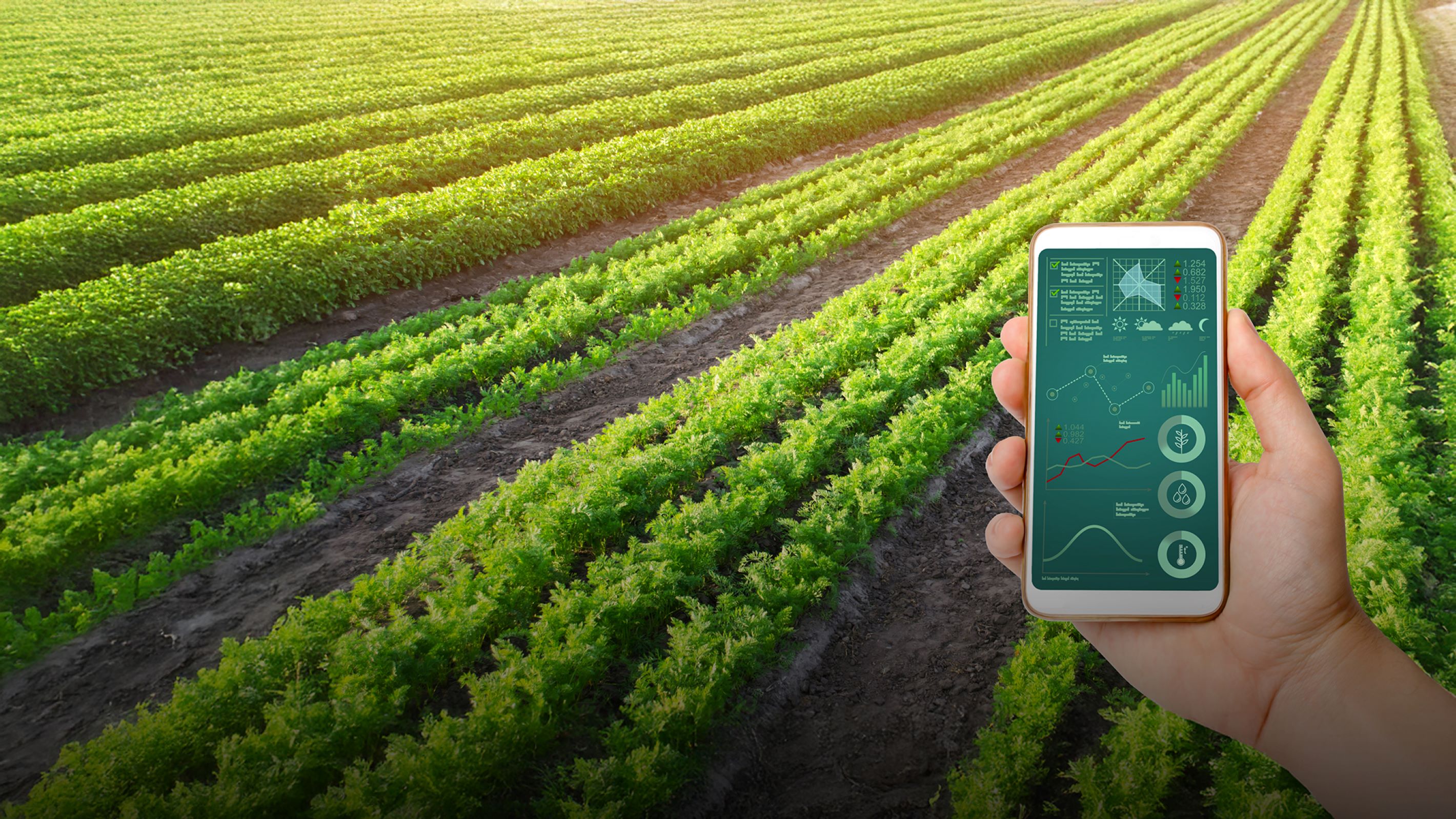
Add-on to core solution
Impact-Driven Approach to Sustainability add-on
Connected to an established farm management software, the Impact-Driven Approach to Sustainability (IDA) add-on supports producers in collecting input consumption data and other farm metrics, and transforming the information into records that can track progress, guide optimization efforts, and demonstrate sustainability credentials.
Towards impact-driven farming
What is the Impact-Driven Approach to Sustainability add-on?
The Impact-Driven Approach to Sustainability (IDA) add-on facilitates the digital registration of input consumption data and other responsible farming indicators and metrics, as well as the creation of anonymized comparison reports of peer producers with similar production conditions. An impact-driven approach helps producers to identify areas for improvement and promote optimization in practices at farm level.
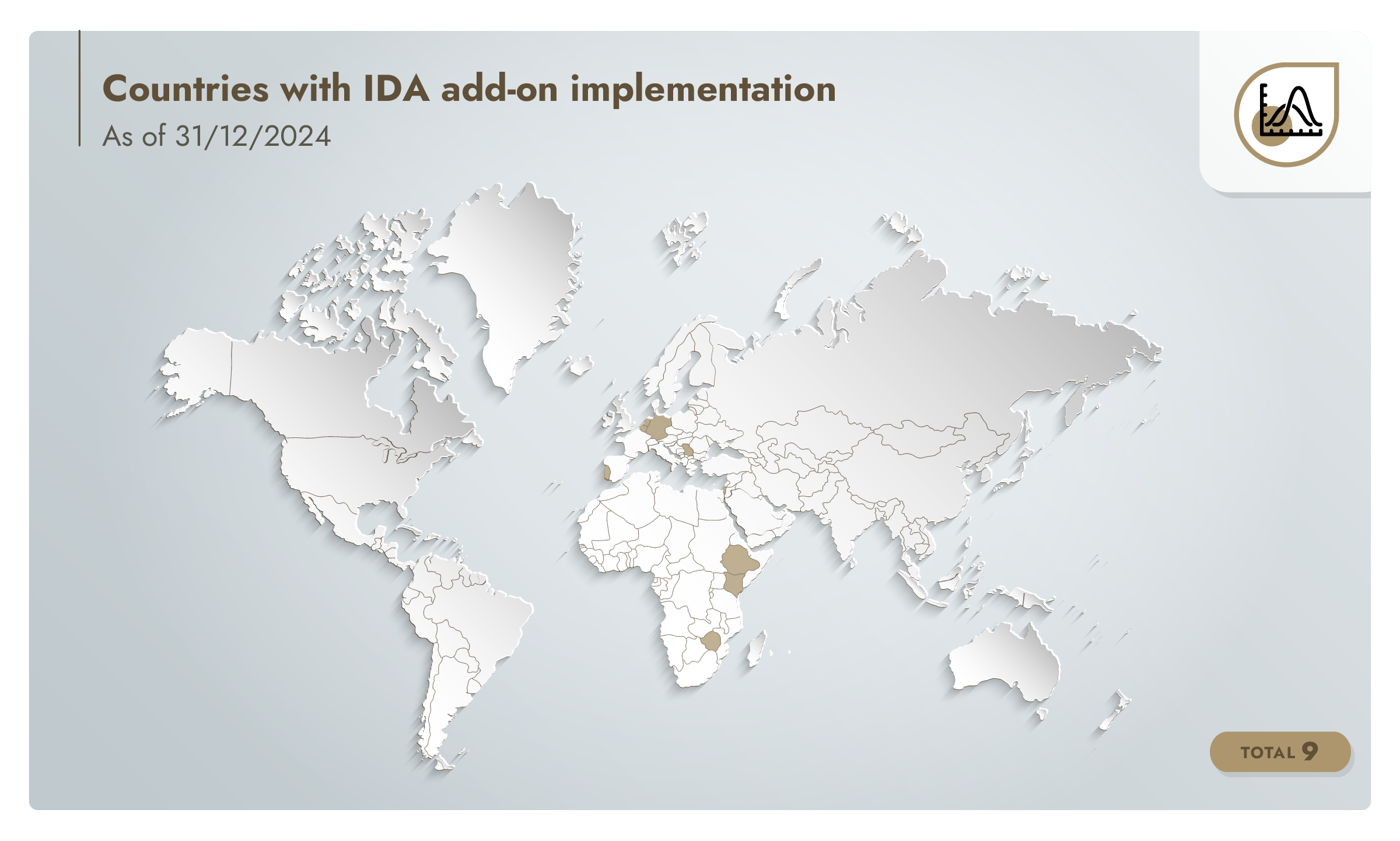
IDA add-on at a glance
Tracks farm-level data
and identifies areas for improvement
Works with a farm management software
that is GLOBALG.A.P. approved and chosen by the producer
Supports producers
with metric-based farm management
Audited at farm level
together with IFA to reduce audit time and save costs
Provides anonymized comparison
reports of peer producers from aggregated data, supporting performance insights
Results in a letter of conformance
to demonstrate the implementation of impact-driven practices
Tracks farm-level data
and identifies areas for improvement
Audited at farm level
together with IFA to reduce audit time and save costs
Works with a farm management software
that is GLOBALG.A.P. approved and chosen by the producer
Provides anonymized comparison
reports of peer producers from aggregated data, supporting performance insights
Supports producers
with metric-based farm management
Results in a letter of conformance
to demonstrate the implementation of impact-driven practices

Who should use the IDA add-on?
The IDA add-on is available for two scopes, applicable to plants (in the product categories of fruit and vegetables, flowers and ornamentals, combinable crops, plant propagation material, hops, and tea) and aquaculture.
It is designed for producers who already have Integrated Farm Assurance (IFA) certification.
For flower and ornamentals producers who are interested in the IDA add-on but do not have IFA certification or a benchmarked equivalent, we offer a primary solution which can be implemented independently and provides the same benefits.
The IDA add-on is available for producers of all sizes, from smallholders to large producer groups, and producers can get audited in any country where a GLOBALG.A.P. approved certification body (CB) conducts audits.
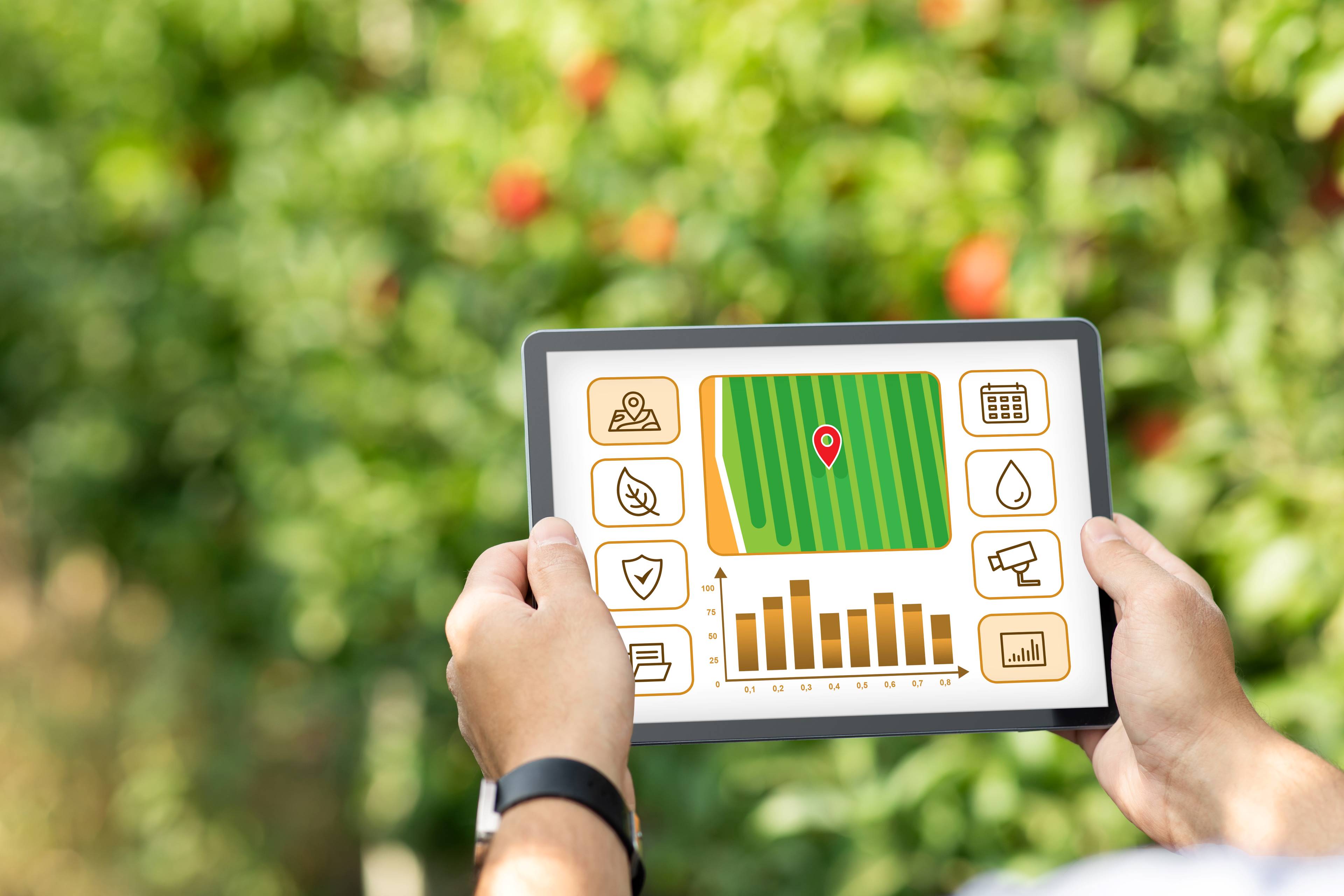
Farm management software and the IDA add-on
Farm management software (FMS) is becoming increasingly prevalent as digitalization spreads within the farming sector. It is used to manage farm operations and production processes, and now also to send the relevant data to the GLOBALG.A.P. IT platform.
Producers wishing to implement the IDA add-on must use a GLOBALG.A.P. approved FMS provider to ensure compatibility with the GLOBALG.A.P. IT platform.
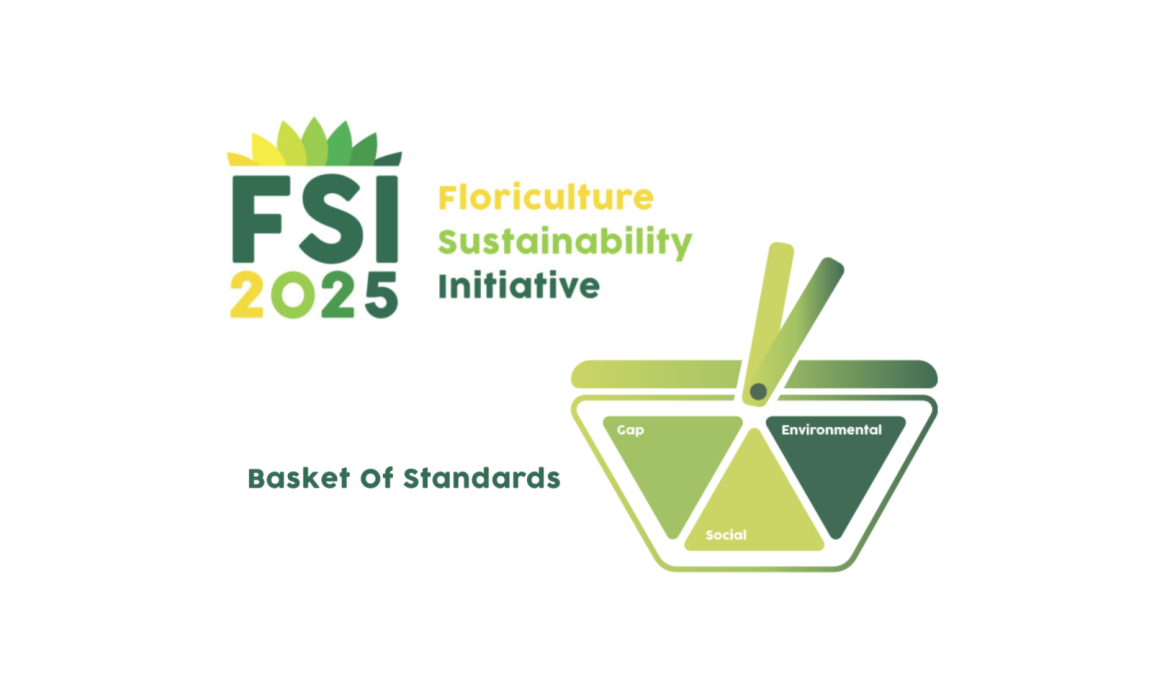
Recognized by the FSI Basket of Standards
For the flower and ornamentals sector, compliance with the IDA add-on results in compliance with the FSI basket of standards under the environmental pillar.
Which data is collected?
The IDA add-on applies to farm metrics which many producers already collect, via a FMS or other methods.
For plants, the relevant data may vary according to farm type but is related to:
Plant protection products
Fertilizer application (e.g., nitrogen, phosphorus, or potassium contents)
Water use and precipitation
Energy efficiency
For aquaculture, the relevant data is related to:
Energy efficiency
Feed indicators including fishmeal and fish oil quantities
Mortality and escape indicators
Antimicrobial and vaccination indicators

How the IDA add-on works
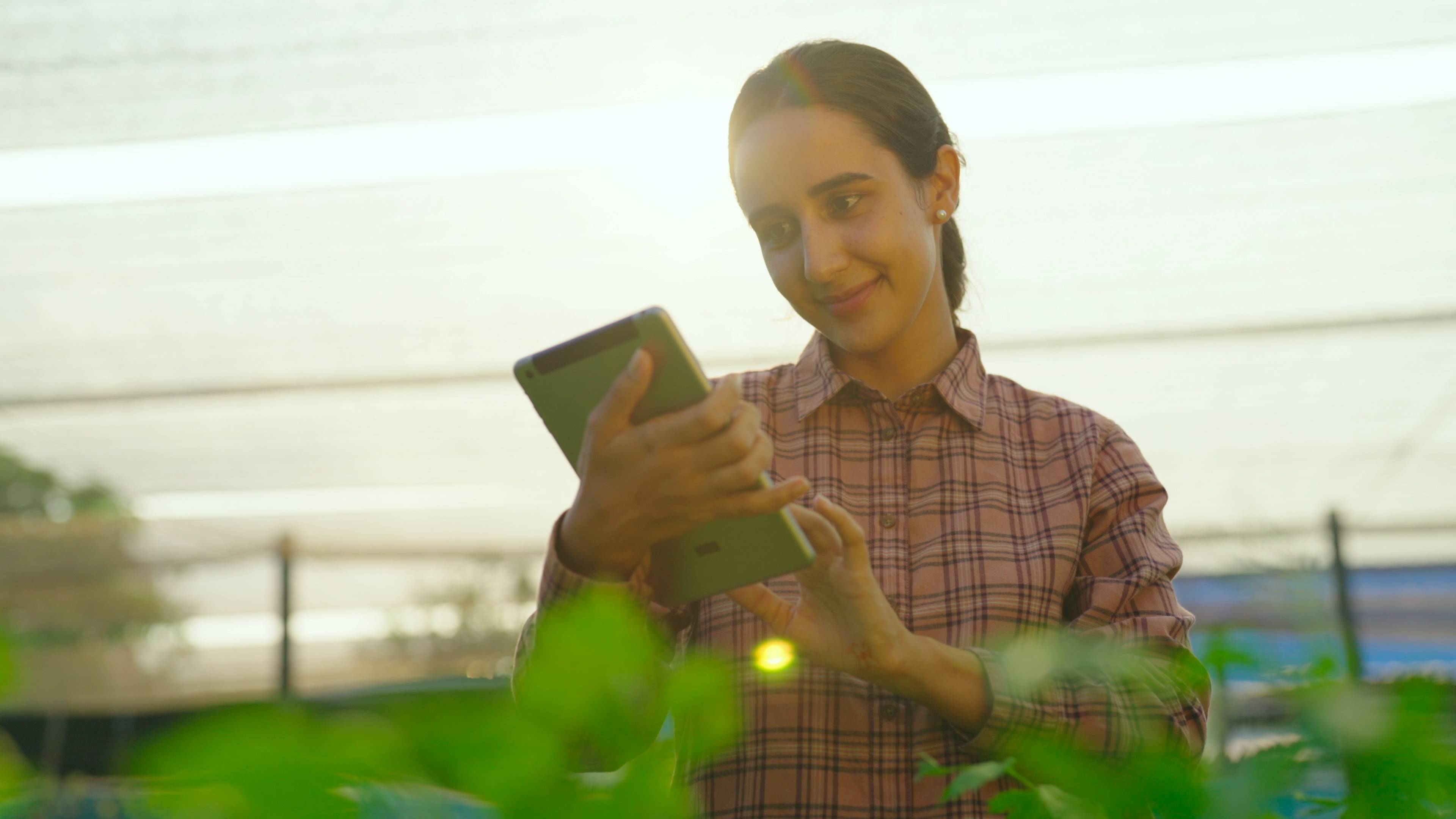
Each month, producers share their input consumption data via a compatible FMS. This record-keeping procedure is audited annually at farm level by a CB.

The data collected in step 1 is sent to the GLOBALG.A.P. IT platform via an API connection.

The GLOBALG.A.P. IT platform pools the data and return anonymized, aggregated data to the producer’s FMS (all data that the FMS shares with GLOBALG.A.P. is treated confidentially).
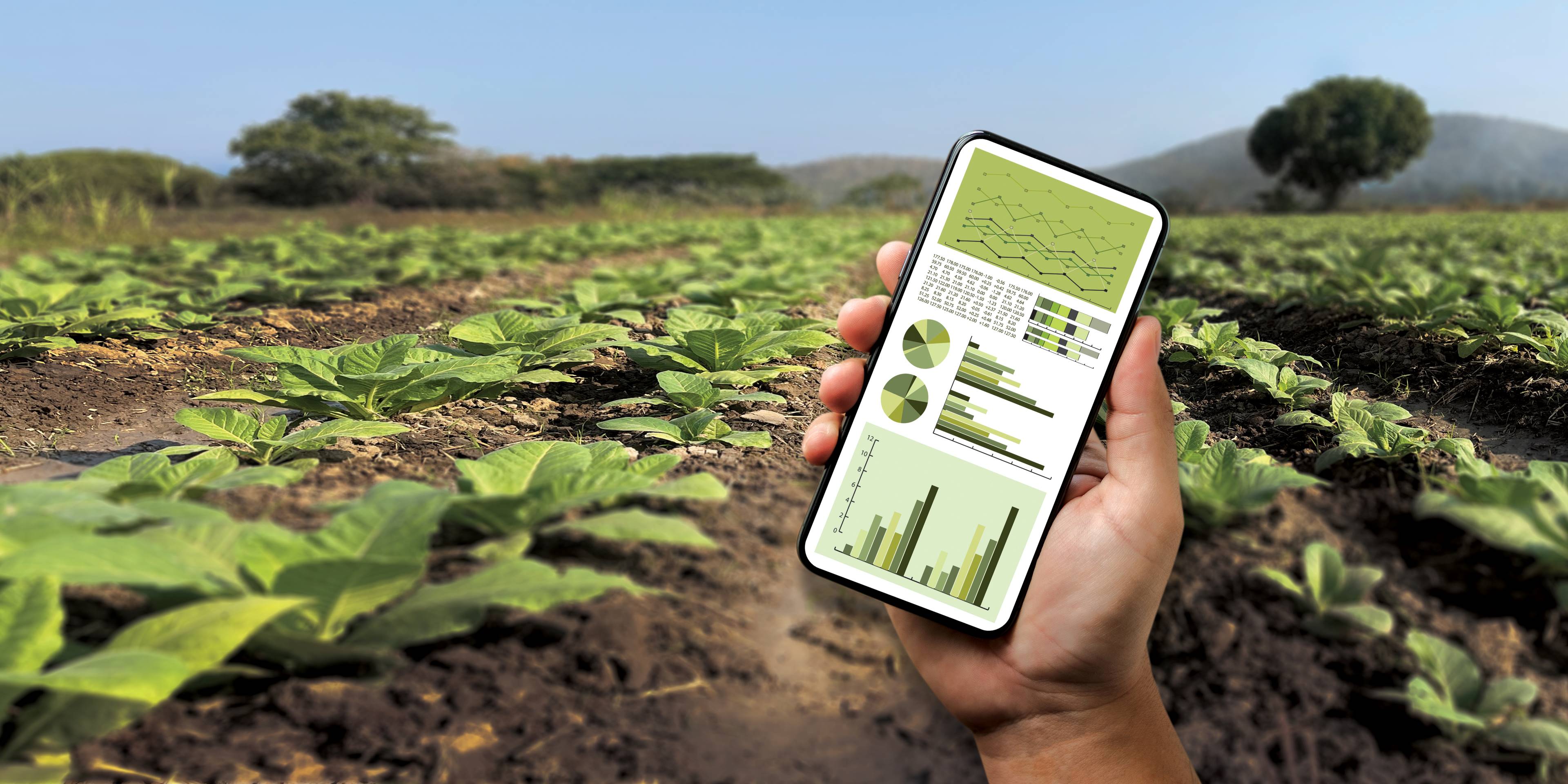
The FMS creates historical trend graphs and anonymized comparison reports of peer producers (producers in the same region, producing the same crop or aquaculture product in the same conditions). These reports are returned to the producers.

Producers use the reports to inform decision-making and improve their farm’s efficiency and their environmental credentials.
Discover how the IDA add-on helps you address sector challenges.
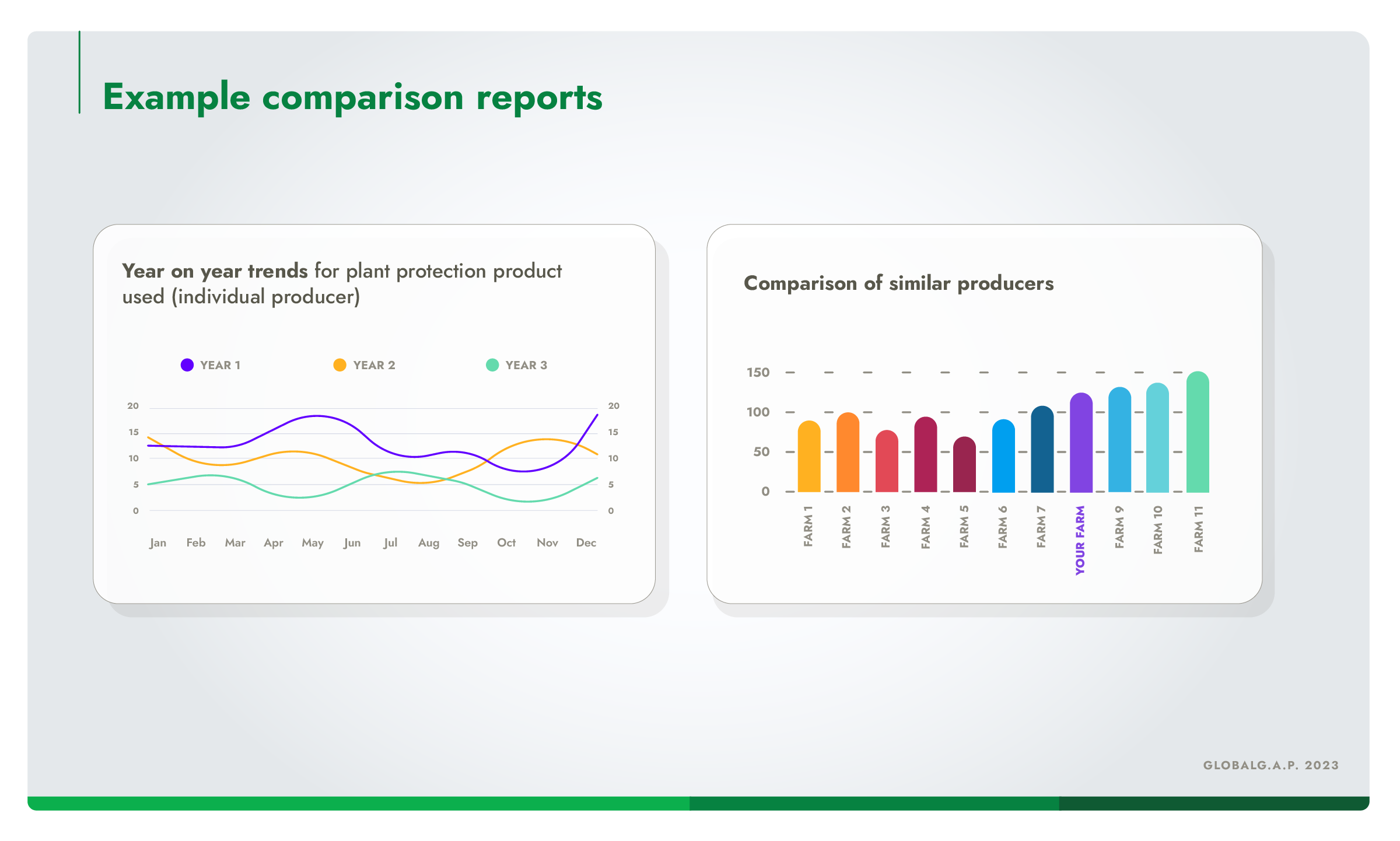
What do comparison reports of peer producers look like?
The FMS will provide producers with comparison reports which have been created from the aggregated and anonymized data from similar producers as shared with GLOBALG.A.P. . The design of these may vary since they are created by the chosen FMS, but the examples below offer an idea of how they display data.
How does the IDA add-on audit work?
The annual IDA add-on audit confirms that the producer is recording and submitting relevant and accurate data via the FMS.
After sharing data on all metrics for a minimum of three consecutive months, producers can be audited against the IDA add-on by a GLOBALG.A.P. approved CB of their choice.
IDA compliance is audited annually by accredited and independent third-party CBs. The initial audit may be conducted independently, but the following audits must be conducted together with the annual IFA audit (or an audit against a benchmarked scheme/checklist).
Producers can choose from any GLOBALG.A.P. approved CB active in the relevant country – although the same CB which conducts the IFA audit must also conduct the IDA add-on audit.
A successful CB audit results in a letter of conformance valid for one year which may be used to meet buyer requirements or demonstrate a commitment to sustainability.
In order to maintain compliance with the IDA add-on, the producer is required to keep sharing data on all relevant metrics every month.
The standard is composed of principles and criteria (P&Cs). P&Cs are graded in two levels: Major Must and Recommendation.
Principles
Fundamentals that set the foundation of a GLOBALG.A.P. requirement
Written in statement form
Describe the outcome to be achieved in the corresponding criteria
Criteria
Methods that producers can use to demonstrate a principle to be true
Compliance can be demonstrated in different ways, e.g., data, record of procedure
Evidence must demonstrate that the outcome is achieved
Read more about the audit process and add-on requirements.
How is conformance status verified?
Every producer registered in the GLOBALG.A.P. certification system is assigned a 13-digit GLOBALG.A.P. identification number (e.g., a GLOBALG.A.P. Number (GGN)). This number allows verification of conformance status in the GLOBALG.A.P. IT platform, upholding our rigorous transparency requirements throughout the supply chain.
In order to maintain a valid letter of conformance, the producer must continue sharing data for all relevant metrics on a monthly basis. If the data is not shared with GLOBALG.A.P. by the 25th of the following month, the producer receives a warning notification from their CB. After the third warning notification, the product is suspended until the gap in the data is closed. This process is handled via your chosen CB.
Producers can control data access and privacy rights for audit reports, and the reports are not shared publicly or with third parties.
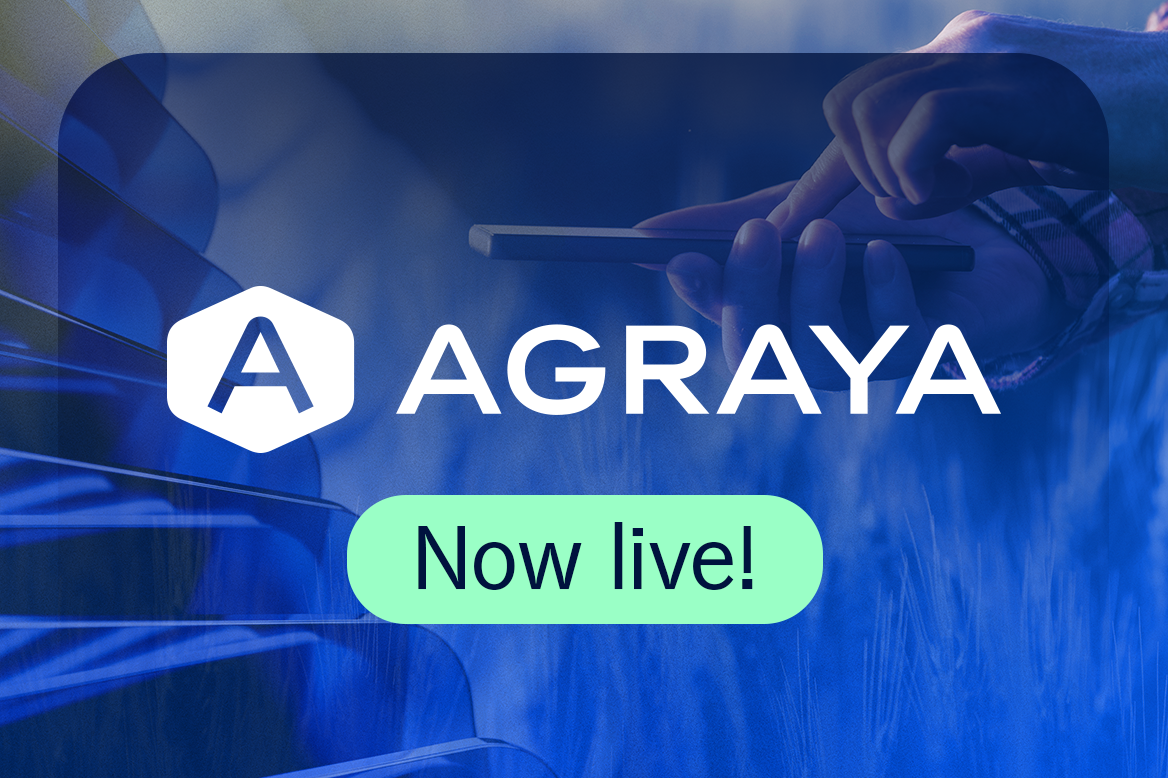
Corporate news and events have moved!
All the latest updates can now be found on the Agraya website – connecting people, ideas, and solutions across the global farming network.
Looking for technical news?
Technical news updates for all add-ons can be found in our technical news libraries.
Learn from valuable insights and strengthen sustainability credentials
Why choose the Impact-Driven Approach to Sustainability add-on?
The agricultural sector depends on a variety of resources, both natural and synthetic, to produce our food, fibers, and plants. With global climate goals in mind, there is growing pressure on producers to minimize their input consumption while sustaining sufficient production levels and protecting the environment. The Impact-Driven Approach to Sustainability (IDA) add-on aims to support producers on their sustainability journey by turning environmental metrics and farm data into practical information.
Which industry challenges does the IDA add-on address?
With global climate goals in mind, there is growing pressure on producers to minimize their consumption of inputs such as pesticides, fertilizers, and energy.
With global climate goals in mind, there is growing pressure on producers to minimize their consumption of inputs such as plant protection products, fertilizers, water, and energy.
To demonstrate commitment to responsible farming practices, producers require proof of their continuous, measurable efforts to optimize environmental metrics.
The IDA add-on provides further insights for continuous improvement via historical trend graphs for the sector and anonymized comparison reports of peer producers.
Practical information formed of aggregated data can equip producers with the knowledge they need to measure themselves and adapt where possible.
Follow our five steps to the IDA add-on to get started today.
IDA add-on in numbers (as of 31/12/2024)
86
producers audited to the add-on
9
countries with audited production processes
991
hectares of audited production
86
producers audited to the add-on
9
countries with audited production processes
991
hectares of audited production

What are the benefits for producers?
Track input consumption and other farm metrics to increase awareness of your long-term environmental performance.
Gain insights via historical trend graphs and comparison reports of peer producers, which enable you to optimize your production processes over time and support decision-making.
Work to minimize your input consumption, which may reduce the financial burden and strengthen your position in the market.
Rest assured your individual and identifiable data is not shared with other parties and your sustainability efforts are not scored or ranked publicly against other producers.
Freely choose your farm management software (from a list of approved providers) and certification body (CB) in the open market.
Combine the IDA add-on audit with your Integrated Farm Assurance (IFA) audit for maximum efficiency.
Prepare for the future of metric-based certification and footprint calculations with digital processes.

What are the benefits for supply chain stakeholders?
Contribute to global environmental goals by supporting a network of producers who are committed to continuous improvement.
Source from a growing pool of local and regional producers who use data insights to inform their continuous improvement plan.
Benefit from transparency through conformance verification in the GLOBALG.A.P. IT platform.

Maintaining trust in GLOBALG.A.P. certification
The GLOBALG.A.P. Integrity Program was founded in 2008 as the first of its kind in food certification. Designed to ensure the consistent delivery and implementation of GLOBALG.A.P. standards and add-ons worldwide, the program monitors and assesses all aspects of the third-party certification process.
Which solutions can be combined with the IDA add-on?
The IDA add-on is designed to be paired with IFA certification. Audits are conducted together with IFA, allowing producers to extend their certification scope flexibly and efficiently through a single audit.
Learn more about GLOBALG.A.P. core solutions.
You may also be interested in...
Integrated Farm Assurance for fruit and vegetables
IFA is a global standard that aims to promote safer and more responsible farming practices in fruit and vegetable production.
Integrated Farm Assurance for flowers and ornamentals
IFA is a global standard that aims to promote safer and more responsible farming practices in flower and ornamentals production.
Integrated Farm Assurance for aquaculture
IFA is a global standard that aims to promote safer and more responsible farming practices in aquaculture production.

Ready to get started?
Use our Smart Checklist Builder to easily understand which GLOBALG.A.P. smart farm assurance solutions are recommended for your production practices and generate a personalized checklist for your self-assessment.
Your guide to implementation
How to prepare for an Impact-Driven Approach to Sustainability add-on audit
Learn more about the key documents and fee structure of the Impact-Driven Approach to Sustainability (IDA) add-on. Follow our five steps to the IDA add-on for an overview of the audit process, and find a GLOBALG.A.P. approved certification body (CB) in your area to get started.
Implementation and CB audit process
How does the CB audit process work?
After sharing data on all metrics for a minimum of three consecutive months via an approved farm management software (FMS), producers can be audited against the IDA add-on by a GLOBALG.A.P. approved CB of their choice.
Producers can choose from any GLOBALG.A.P. approved CB active in the relevant country – although the same CB which conducts the Integrated Farm Assurance (IFA) must also conduct the IDA add-on audit.
The initial audit may be conducted independently, but the following audits must be conducted together with the annual IFA audit (or an audit against a benchmarked scheme/checklist).
A successful CB audit results in a letter of conformance valid for one year. In order to maintain a valid letter of conformance, the producer must continue sharing data for all relevant metrics on a monthly basis.
The CB is responsible for uploading the audit report and maintaining the accuracy of producer data in the GLOBALG.A.P. IT platform.
Producers will be audited annually by a CB as part of the renewal process.
Which documents are required?
GLOBALG.A.P. general regulations specifications: Rules that define how the audit process works, from the scope of the add-on to the audit requirements.
Principles and criteria (P&Cs): Principles are the fundamental requirements for each add-on. They describe the outcome to achieve and are accompanied by corresponding criteria that detail the various ways in which a producer can demonstrate compliance.
Checklist: The full list of add-on criteria as used by CB auditors, enabling producers to conduct a self-assessment in preparation for the CB audit.
Which version of the IDA add-on is currently valid?
There is one version of the IDA add-on currently available for audit.
V1 for plants* and v1 for aquaculture were published on 13 November 2023 and are to be combined with IFA v6 from 1 January 2024.
*Due to the IDA add-on having previously been launched in version 1 for flowers and ornamentals, the general regulations for IDA v1 are applicable in v1.1, however the relevant checklists are v1.
The FAQ contains more information on documents, the renewal process, and more.
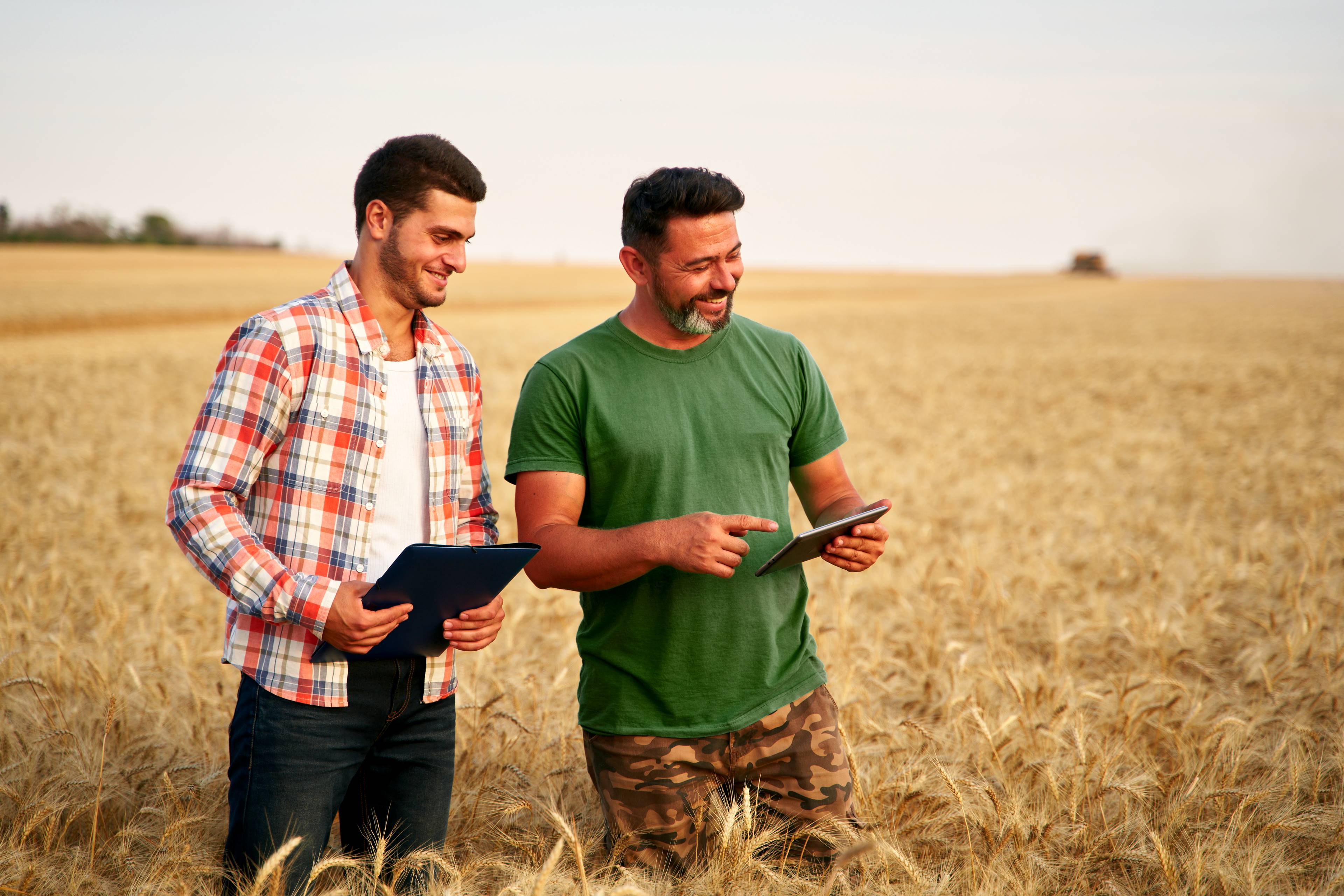
What are the IDA add-on requirements?
P&Cs are graded in two levels: Major Must and Recommendation.
To pass a CB audit, producers must comply with 100% of the Major Musts.
Corrective actions must be proposed for all non-compliances and submitted to the CB within the specified period.
Non-compliances must then be verified as corrected and compliant by the CB before a letter of conformance can be issued.
In order to maintain a valid letter of conformance, the producer must continue sharing data for all relevant metrics on a monthly basis.
If the data is not shared with GLOBALG.A.P. by the 25th of the following month, the producer receives a warning notification from their CB. After the third warning notification, the product is suspended until the gap in the data is closed.
How much does an IDA add-on audit cost?
Each farm is unique, and the total audit costs depend on a combination of factors such as farm size, number of sites, location, necessary preparation measures (such as establishing new procedures), and more. The IDA add-on contains four cost elements:
FMS license fee: Determined and invoiced by the chosen farm management software provider required for the IDA add-on
Implementation costs: Incurred by the producer to prepare for the CB audit
CB service fees: Determined and invoiced by the CB to cover audit time and travel costs
GLOBALG.A.P. registration fee: Calculated based on farm size and invoiced by the CB
The GLOBALG.A.P. fee table contains full information on the fee structure for each standard and add-on.
Five steps to the IDA add-on

Search the list of GLOBALG.A.P. approved FMS providers. Contact the provider of your choice and start digitally sharing your input consumption data. Note that the GLOBALG.A.P. fee table does not contain or include FMS license fees.

You will need the GLOBALG.A.P. general regulations specifications, the IDA add-on P&Cs, and the checklist. All of the required documents are available online, for free, and in multiple languages. They are linked below and can also be found in the GLOBALG.A.P. document center. Use the documents to guide the implementation of the add-on requirements, and then conduct a self-assessment using the checklist.

After sharing data for a minimum of three consecutive months, you can plan your CB audit. Search the list of GLOBALG.A.P. approved CBs by region, country, scope, and status. Contact the CB of your choice and request an audit. Note that the GLOBALG.A.P. fee table does not cover CB service fees such as audit time or travel costs to your site, or FMS license fees.
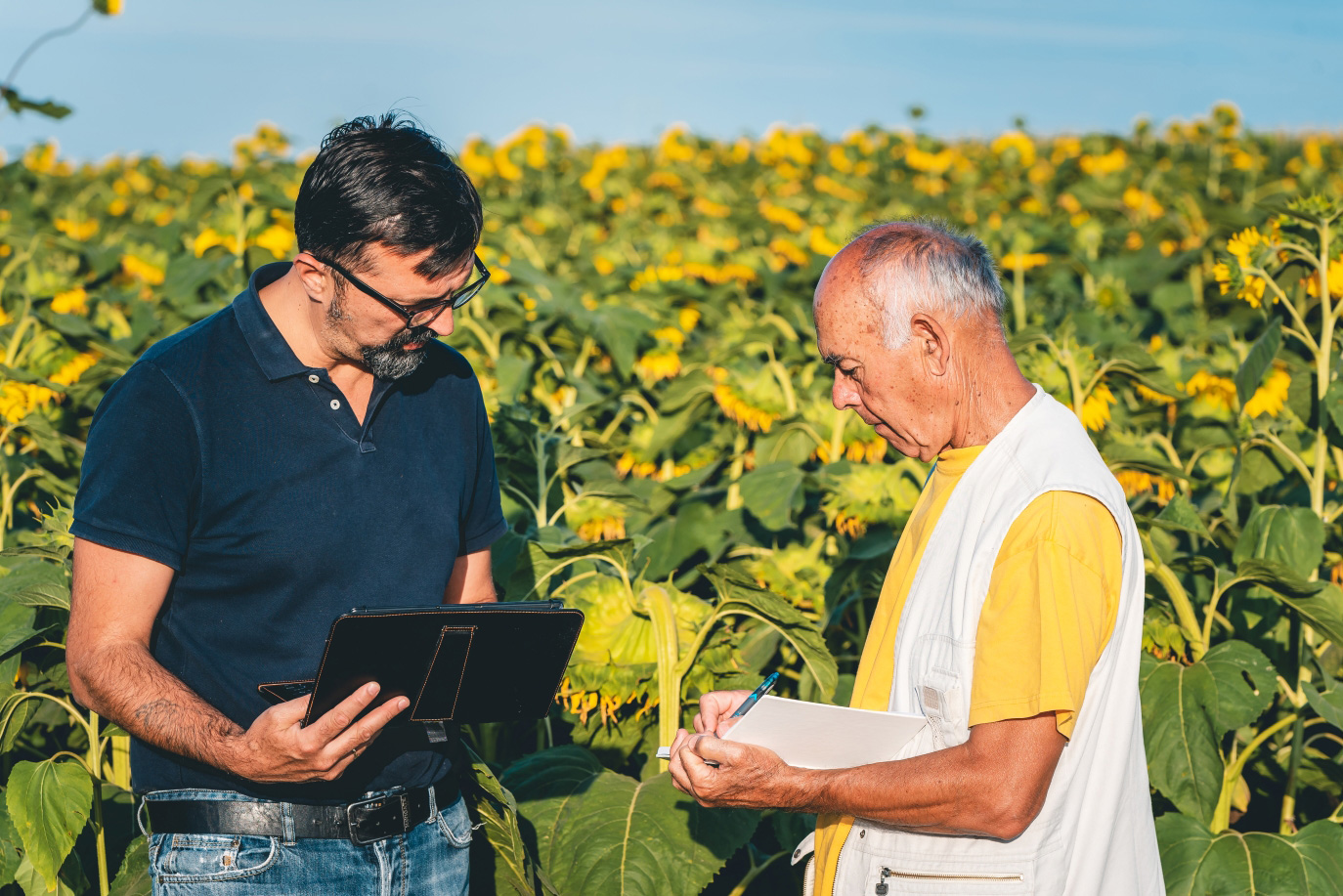
The CB will conduct the audit to confirm the completeness and reliability of the data and upload the results to the GLOBALG.A.P. IT platform. Any non-compliances which are detected during the CB audit must be corrected within the specified period and verified by the CB before a letter of conformance can be issued. All data belongs to the producer and is used to generate comparison reports.

Once all requirements are met and verified by the CB, they will issue your IDA add-on letter of conformance. Your status is then publicly visible in the GLOBALG.A.P. IT platform for transparency in the market. In order to maintain a valid letter of conformance, the producer must continue sharing data for all relevant metrics on a monthly basis. If the data is not shared, the producer receives a warning notification from their CB. After the third warning notification, the product is suspended until the gap in the data is closed.
Key documents
The most relevant documents are linked below. Click ‘view more’ to see further related documents. Remember to always check with your CB that you have all necessary documents prior to audit.
IDA add-on
Rules and regulations
V1.1
English | Last updated: 17/12/2024
Rules and regulations
V1.1
English | Last updated: 17/12/2024
Rules and regulations define how a specific standard must be implemented – from the certification scope to the audit requirements for certification bodies.
IDA add-on
Principles and criteria (P&Cs) (CPCCs)
V1
English | Last updated: 29/11/2024
Principles and criteria (P&Cs) (CPCCs)
V1
English | Last updated: 29/11/2024
Principles and criteria are a complete list of the requirements for a given standard or add-on. The foundational requirements each detail an outcome that must be achieved, and the corresponding ways in which compliance can be demonstrated.
IDA add-on
Principles and criteria (P&Cs) (CPCCs)
V1
English | Last updated: 29/11/2024
Principles and criteria (P&Cs) (CPCCs)
V1
English | Last updated: 29/11/2024
Principles and criteria are a complete list of the requirements for a given standard or add-on. The foundational requirements each detail an outcome that must be achieved, and the corresponding ways in which compliance can be demonstrated.
GLOBALG.A.P. approved CBs
The list of GLOBALG.A.P. approved CBs can be filtered by region, country, scope, and status. Click a CB to find more information and contact details.
If you do not filter your search, or filter only according to region and/or country, your search results will also show CBs that offer certification against benchmarked schemes, but which may not have approval for any GLOBALG.A.P. standards and add-ons.
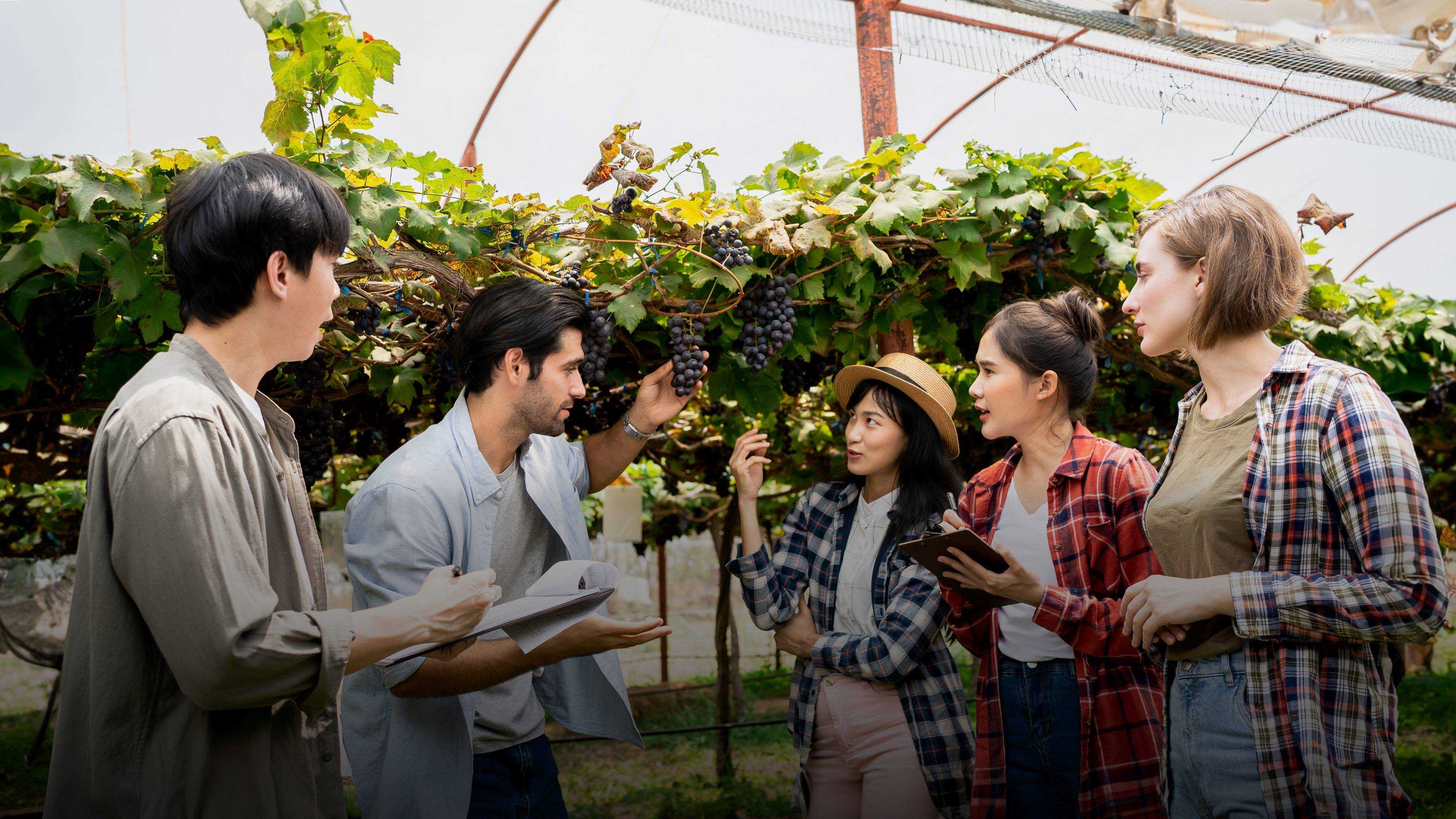
GLOBALG.A.P. Capacity building
Need assistance with the certification process? Our capacity-building program offers a range of options for training, consultation, and more!
GLOBALG.A.P. approved farm management software providers
Filter the list below to find compatible FMS providers approved for the Impact-Driven Approach to Sustainability (IDA) add-on.
A brief history of the IDA add-on
The first IDA add-on (v1) is published in 2020 for the floriculture sector only. It offers a metrics-based and outcome-oriented solution in response to market demand for environmental registration solutions in the Floriculture Sustainability Initiative’s “Basket of standards”.
The IDA add-on requires time for producers to adapt and begin entering data for a minimum of three months before the CB audit. The first producer is audited in April 2021 and by the end of the year, four producers are audited against the IDA add-on in two countries.
Revision of the first IDA add-on begins. The next version is applicable to additional product categories and features a streamlined checklist. By the end of the year, almost 100 flower and ornamental producers are sending data to the GLOBALG.A.P. IT platform.
The new IDA add-on (v1 for aquaculture and v1 for plants (flowers and ornamentals, fruits and vegetables, combinable crops, plant propagation material, hops, and tea) are published in November 2023. General regulations are valid in v1.1.
FAQ
The IDA add-on is applicable to the scopes of plants (fruit and vegetables, flowers and ornamentals, combinable crops, plant propagation material, hops, and tea) and aquaculture (fish, crustaceans, molluscs, and seaweed/macroalgae).
Each farm is unique, and the total costs depend on a combination of factors such as size, location, existing policies and processes, etc. The invoice from your certification body (CB) will include CB service fees to cover expenditures (determined by the CB) and the GLOBALG.A.P. registration fee (size-based, determined based on hectares/metric tons of annual production).
In addition, there are fees for your farm management software, determined and invoiced by the farm management software provider.
The producer maintains ownership of their shared data. All data that the producer shares with GLOBALG.A.P. via the farm management software is treated confidentially and only shared with other producers in aggregated and anonymized form – e.g., via historical trend graphs, progress reports, and anonymized comparison reports of peer producers.
Producers are not ranked publicly on their performance and personally identifiable data is not shared with other parties.
In order to maintain a valid letter of conformance, the producer must continue sharing data for all relevant metrics on a monthly basis. If the data is not shared with GLOBALG.A.P. by the 25th of the following month, the producer receives a warning notification from their CB. After the third warning notification, the product is suspended until the gap in the data is closed. This process is handled via your chosen CB.
IDA add-on documents for plant scopes are currently available in:
Dutch
English
Spanish
German
Hebrew
IDA add-on documents for aquaculture are currently available in:
English
Spanish
All documents are located in the GLOBALG.A.P. document center. More languages are added based on demand – please contact us with requests.
The IDA add-on is intended for producers who already have IFA certification.
For flower and ornamental producers who do not have IFA certification, we offer a primary solution – the Impact-Driven Approach to Sustainability module – which can be implemented independently and provides the same benefits.
All other producers need to achieve IFA certification before requesting a certification body (CB) audit against the IDA add-on.
IDA add-on compliance is audited annually. The certification body (CB) audit must take place within the validity period of the current letter of conformance in order for your production processes to retain the conformance status. Ideally you will combine the IDA add-on audit with your IFA audit. Contact your CB to request an audit.
Technical questions can be addressed to standard_support@agraya.com. Your query will be forwarded to the relevant technical expert.
The GLOBALG.A.P. Academy offers public trainings on our portfolio of smart farm assurance solutions, while our worldwide network of Registered Trainers offers authorized trainings and other services. See the GLOBALG.A.P. Academy course catalog or find a Registered Trainer for more information.
The CB auditor requirements for the IDA add-ons are detailed in the GLOBALG.A.P. general regulations specifications for the IDA add-on.
Learn more about how to become a GLOBALG.A.P. approved CB or extend your auditing scope.
GLOBALG.A.P. trademarks may be used in a strictly B2B context and must be accompanied by a GLOBALG.A.P. identification number (e.g., the producer’s GLOBALG.A.P. Number (GGN)) or a QR code to a producer’s conformance status in the GLOBALG.A.P. IT platform. The trademarks should never appear to consumers, for example on product packaging.
Download the GLOBALG.A.P. trademarks use: policy and guidelines and GLOBALG.A.P. trademarks use: FAQ documents for comprehensive information on rules and use cases.
No, the suspension will be lifted by your certification body (CB) as soon as the gap in the data is closed.
If your farm management software provider is interested in becoming GLOBALG.A.P. approved, they can contact customer_support@gloalgap.org to begin the process.
If your farm management software provider does not want to collaborate with GLOBALG.A.P., you will need to switch to an approved farm management software in order to be audited against the IDA add-on.
It is possible – you just need to inform your certification body.

Contact us
For technical/interpretation questions, please contact us at standard_support@agraya.com.
For questions about the audit process or the GLOBALG.A.P. IT platform, please contact us at customer_support@globalgap.org.